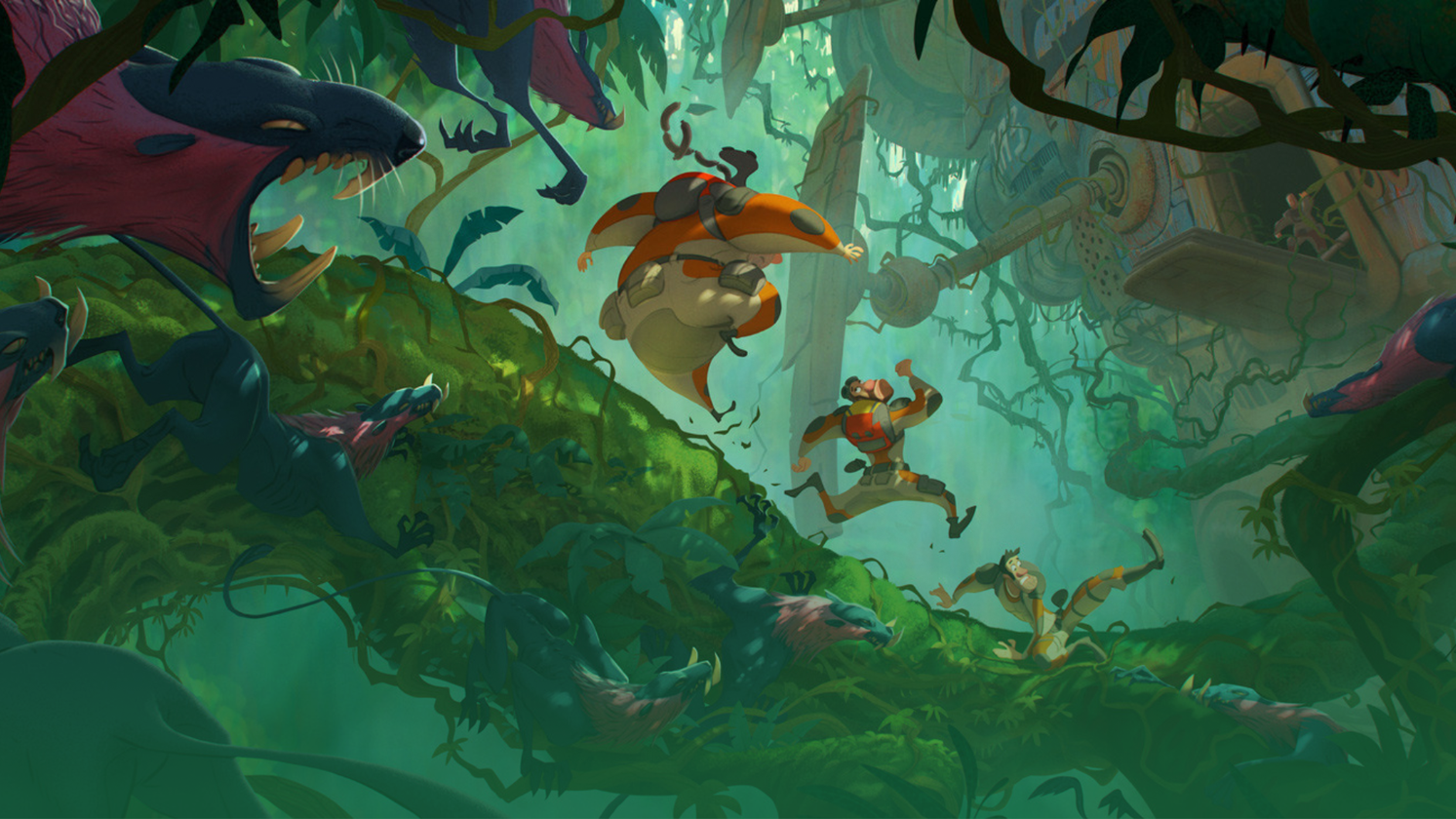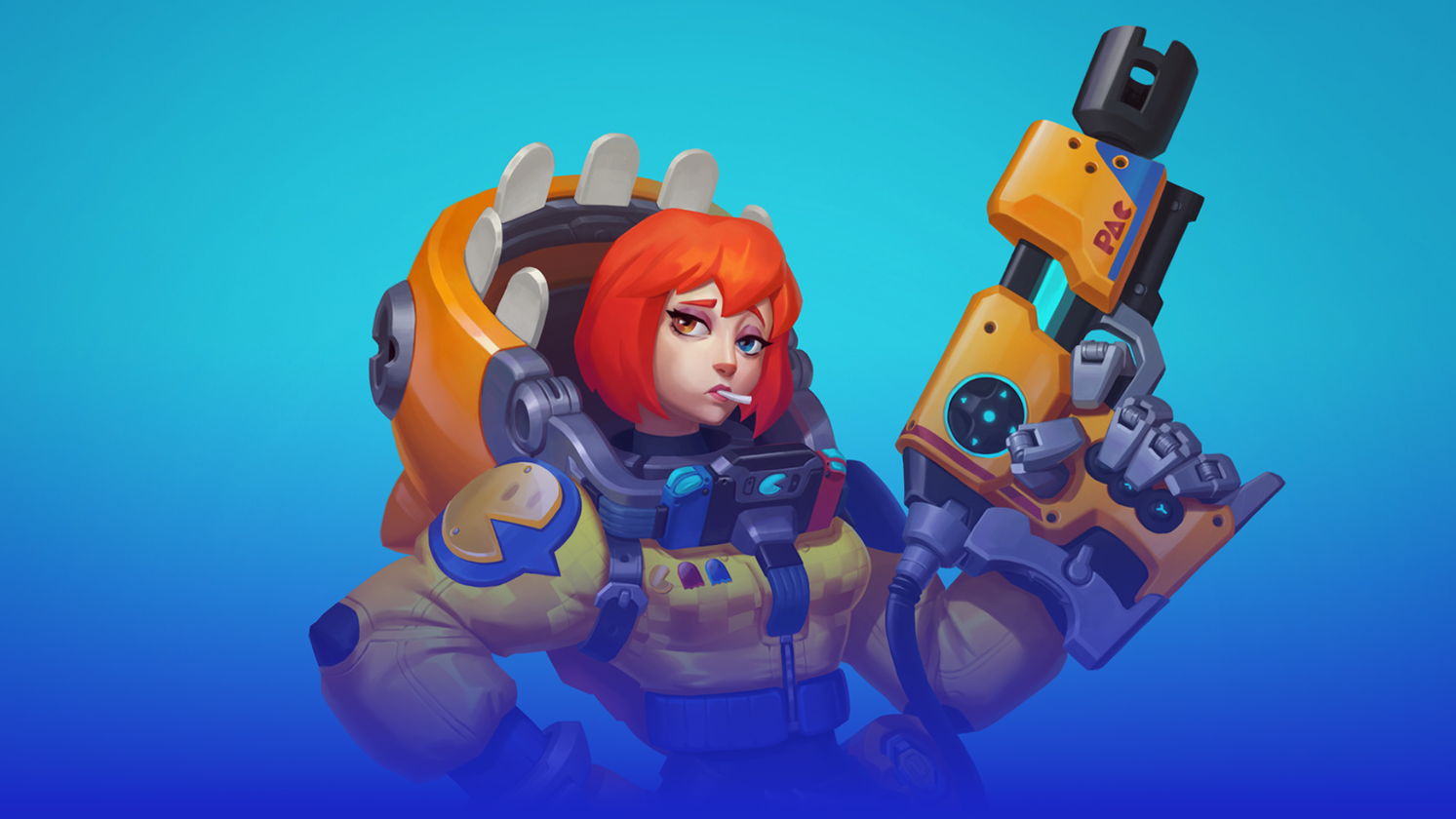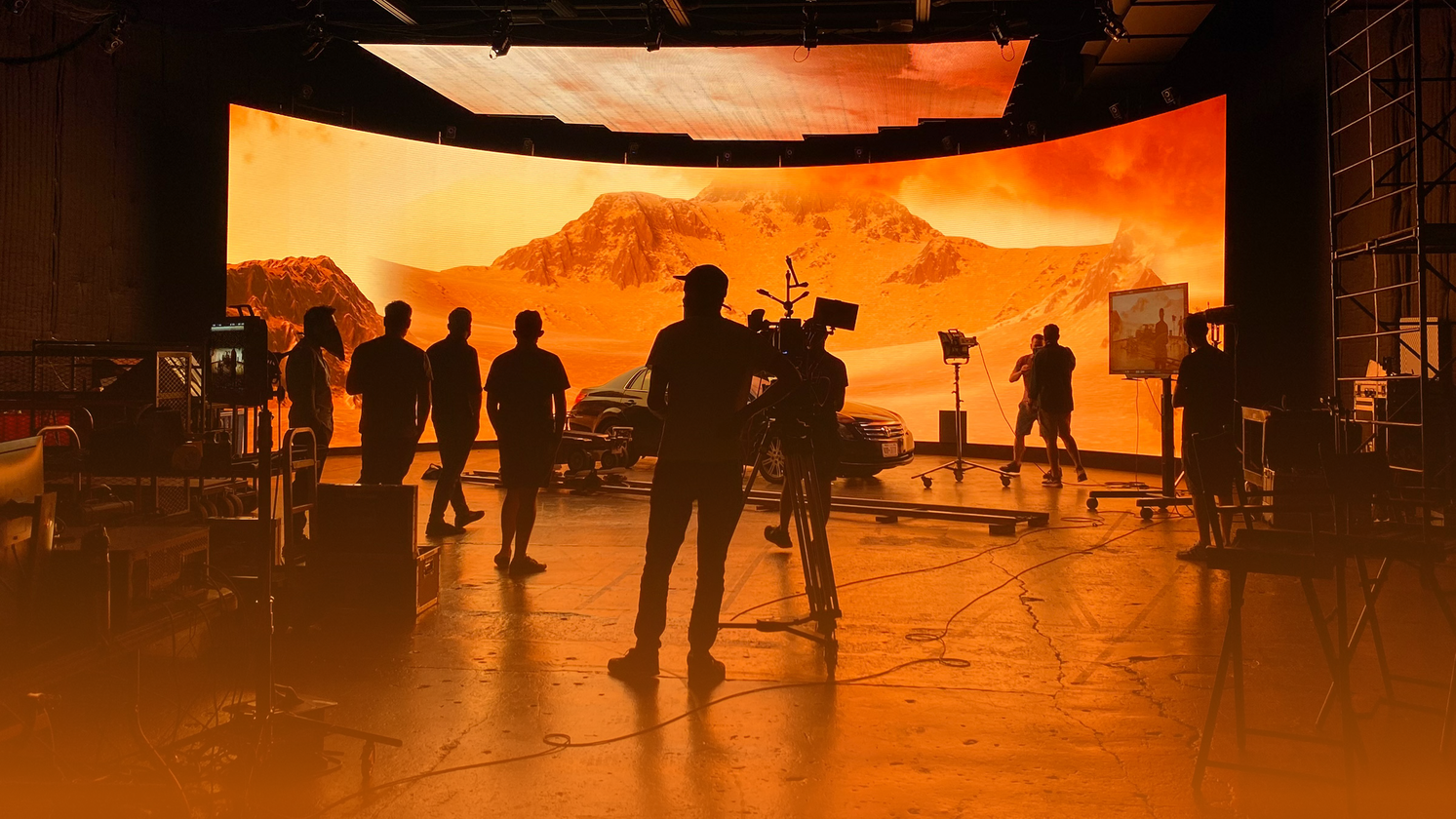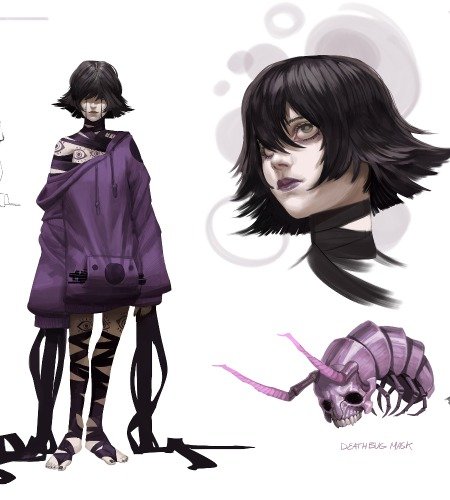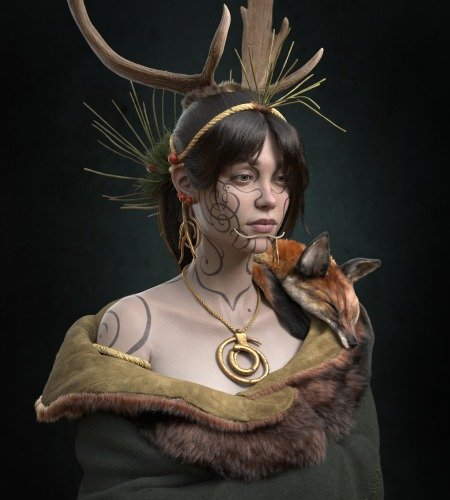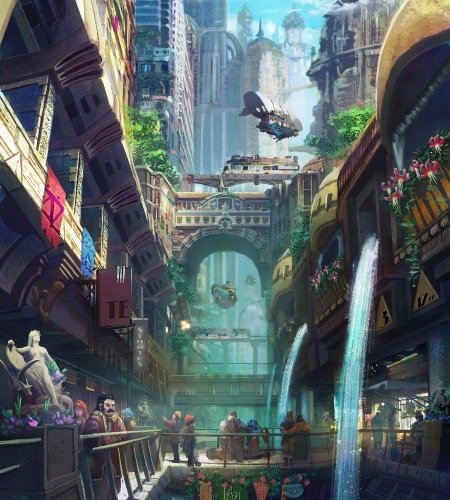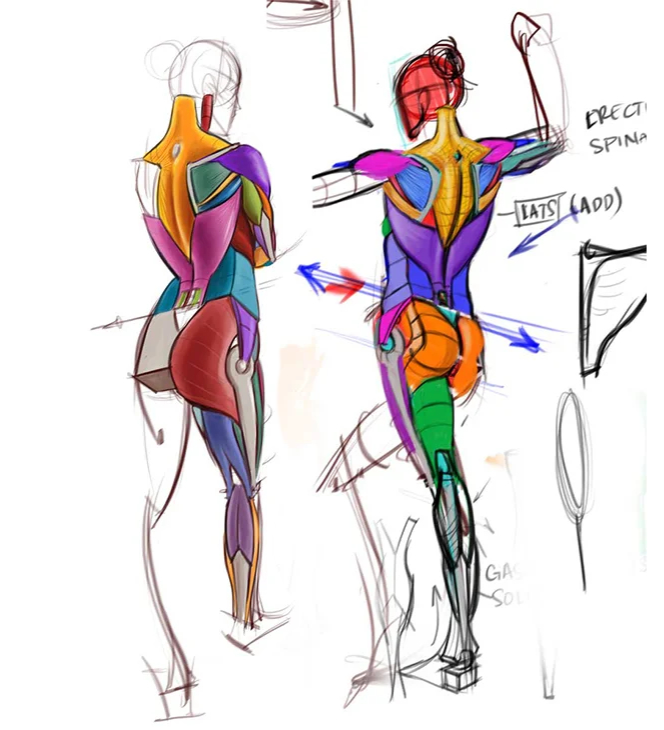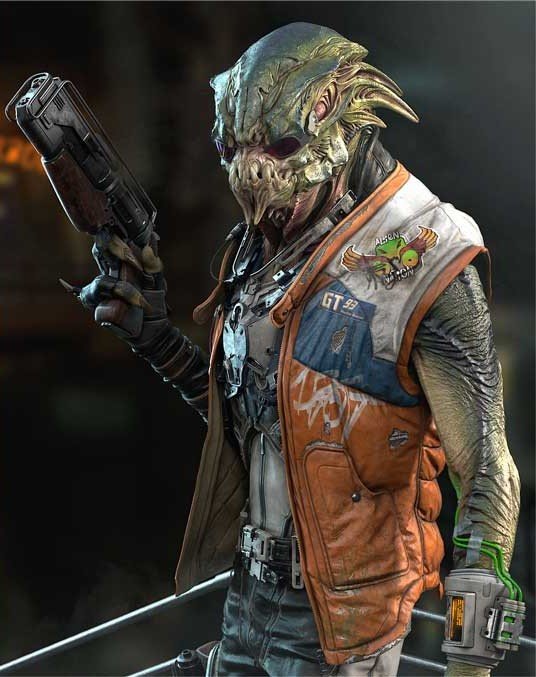8 Steps to Rig an Expressive Character AND Their Clothes
Senior Rigger for Omens Studios, Phung Nhat Huy, pulled no punches while setting goals for his character rig! Don't miss out on this high-level breakdown from an incredible artist, including:
- Modeling the Character
- Scripts
- Ribbon Spine
- Auto Clavicle
- Boots and Clothes
- Deformation
- Facial Rigging Breakdown
- Final Rig
 My name is Phung Nhat Huy (you can call me Huy) and I'm from Vietnam. I graduated from Lasalle College of the Arts in 2014 with a degree in Animation Art. Currently, I’m working as a senior rigger/TD in Industrial Light & Magic, Singapore. For the past three years, I've worked on various projects ranging from animated TV series, short films, AR games, and commercials such as Leo the Wildlife Ranger, Gnome, Tales of Christmas 2017, and more… I am currently working on some exciting, unannounced projects with the studio as well as a few personal projects that I intend to kick start in my spare time this year.
My name is Phung Nhat Huy (you can call me Huy) and I'm from Vietnam. I graduated from Lasalle College of the Arts in 2014 with a degree in Animation Art. Currently, I’m working as a senior rigger/TD in Industrial Light & Magic, Singapore. For the past three years, I've worked on various projects ranging from animated TV series, short films, AR games, and commercials such as Leo the Wildlife Ranger, Gnome, Tales of Christmas 2017, and more… I am currently working on some exciting, unannounced projects with the studio as well as a few personal projects that I intend to kick start in my spare time this year.

Click here to skip the breakdown and see Huy's final rig.
1. Modeling the Character
The rig was created entirely from scratch using only Maya native tools with the exception of Michael Comet’s PoseDeformer plugin, which was used to drive some of the cloth-backed Blendshapes for the hoodie. The model was designed and modeled by my girlfriend, Jamie.
As with most personal projects, I try to push myself, attempting to try out something I have never done before so I definitely met many challenges. In particular, rigs for the hoodie and boot as well as the layering of different deformers for the facial rig.
Be curious and always explore new methods. Even a bad rig can contain some great tricks if one is willing to study it.
Phung Nhat Huy, Senior Rigger/TD
2. Scripts
Nico and Wade’s class was very different from each other as one focused on body mechanic rigging while the other focused on facial rigging. These techniques, however, can be applied to any rigging situation. They both did an excellent job of explaining the concepts behind the techniques.
Generally, most scripts I used were scripts I had written myself which includes TD_blendshapeAssistant to assist me in creating Blendshape and TD_microControl to generate microcontrollers on the character face. There are also a few one-off scripts that I wrote to simply automate some tedious processes such as generating helper joints in multiple areas.
Other than that, I used Comet Scripts. They are a bunch of cool utility scripts from Michael Comet that can help to speed up processes such as naming, orienting joints, etc… Another small but cool script that I used was sk_attrShift for rearranging attributes in the channel box.
Enroll in Character Facial Rigging for Production, currently taught by Jose Antonio Martin Martin.
3. Ribbon Spine
Although there are many different setups for the ribbon spine, the method presented in Nico’s workshop was one of the best. It allowed the spine to rotate in both the forward and reverse direction, making the spine deformation natural and organic.
I also applied the same technique to the arms and legs, which gave me an easy setup for bendy arm-twist.
4. Auto Clavicle
In the past, I struggled with finding a solution to achieve an automatically driven clavicle for arms due to its cyclic nature. The ink arm is supposed to drive the clavicle. Yet at the same time, the clavicle is the parent of the ink arm, therefore causing a cycle. Nico provided a simple solution – add another in chain purely to drive the clavicle but not be driven by it.

This is an extremely useful technique that I applied to not just the clavicle but the boot rig as well, which you will see later on.
Watch TD Mathias Royrvik demonstrate how to rig the ever-challenging clavicle.
5. Boots and Clothes
Creating a rig for the pants and hoodies was relatively straightforward. I treated the hoodie as a long dress with individual controllers that were driven by the leg joints. The lucky thing about the hoodie was that it didn’t have to react to the twisting motion of the leg, thus it was only driven by 2 rotation axes, significantly reducing the gimbal lock problem in Euler rotation.

I also added a blendshape to subtly change the silhouette of the sleeve when the arm is lowered to make it more appealing.

With regards to the boots, I could have easily settled for a simple copy of the legs’ skin weights to the boots themselves. However, I decided to take it further by adding some sort of fake collision with the leg as well as a sense of ‘looseness’, as if the boots are independent of the leg like in real life.
This proved to be quite a challenge and it took me a few days to solve it. I used the same concept as the auto clavicle setup which was to create a separate leg rig just for the boots. I used the angle between the leg and the foot joints to drive the joint chain of the boots. That setup allowed me to create an offset and the sense of ‘looseness’ mentioned earlier that would work in any poses.
Another addition to the boots was the inclusion of individual ribbon rigs on each strand of shoelace such that these shoelaces would be able to effortlessly slide on the surface of the boot tongue when required.
6. Deformation
The most important aspect of any rig should be its deformation because it will be what the audience sees. If the deformation is bad, a rig will ultimately be considered a bad rig regardless of its complexity.
There are many different methods to improve the deformation of a rig or to create an illusion that there exist muscles and bones underneath all those polygons. These methods can vary from technically expensive ones such as muscle and cloth simulations over a set of muscle rigs to cheaper ones such as blendshapes and the implementation of helper’s joints. Nico has shown some really cool techniques to create helper joints that were able to significantly improve the rig’s deformation and I have therefore attempted to apply them wherever I could.
Scroll to see Huy's joint deformations!
In addition to that, I gave myself a small challenge which I thought would be fun to try out. I wanted Beet’s body to be able to deform in 2 modes. One would be a rubbery cartoony mode and the other would consist of a more ‘realistic’ mode with clear distinctions between the upper body and the hip when Beet bends to the side. I achieved this by adding a set of helper joints on each side that are driven by the accumulation of rotation values from the spine joints.
The best thing about using helper joints to help deformation is its transferability. Unlike blendshapes or simulations, where there's no easy way to transfer these deformations onto another mesh, helper joints allowed me to copy skin weights from one mesh to another as long as they are bound to the same set of joints. During this rigging process, the model was updated several times to improve on topology. With the employment of helper joints, transferring deformation between the older models and the updated ones became a seamless process.
7. Facial Rigging Breakdown
I started with a set of 44 blendshapes based on Wade’s instructions. From there, I proceeded to split them into four parts – left, right, up, down depending on specific requirements and facial movements. In total, I have generated 78 basic facial blendshapes. On top of that, I created a few corrective shapes meant to solve any conflicts, should they arise, when multiple blendshapes are combined.
All these Blendshapes were then attached to the rig. They were driven by simple controllers and SDK.
After that, I added joint-based rigs for areas such as the jaw, hairs, ears, and noses. I also added joint-based rigs for the upper and lower lips to roll in and out on top of existing blendshapes. The teeth and tongue rigs were also joint-based.
Read "7 Stages to Rig Dynamic Character Expressions: Lips and Lids" for more rigging tips.
One of the best techniques I learned from Wade was the eyelid set-up which is based on Marco Giordano’s cartoon eyelid method. This set up allowed for great flexibility in shaping the eyelids while at the same time keeping the lids rolled tightly around the eyeballs. At this point, the basic set up for the face was done.
Next, I added additional joint-based controllers on top of the facial rig that let me push the rig further if required. These controllers were able to stick to the face surface when it was deformed by the initial rig.
Finally, I used Kimon Matara’s method to set up the sticky lips. The great thing about this method is that I can always add this feature onto my final rig without affecting any of my previous setups.
8. Final Rig
Overall, it was a long but enjoyable process. I have learned a lot and am really happy with the final result.
Final Thoughts
- Although there were a few extra features that I added to my rig that were not covered in the workshops, I was able to apply some of Nico and Wade's techniques and came up with my own solutions.
- There were lots of cool tips & tricks that I learned from both Nico and Wade, in particular, Nico’s ribbon spine and Wade’s Blendshape method. What I liked about their workshops was that they were not overly planned. Nico and Wade made mistakes occasionally and because of that, I could see the way they troubleshoot and correct their mistakes. That turned out to be incredibly helpful for learning how to problem-solve. On top of that, their weekly feedback was highly constructive and insightful.
- Overall, Nico & Wade taught me a lot in terms of problem-solving and has also helped solidify my understanding of rigging in general. I’m really grateful for what I have been able to learn in these two excellent courses and I am looking forward to attending more technical-related workshops from CGMA in the future.
- As rigging is a very technical career path, I strongly believe that one should view it as both a form of science and art. Be skeptical of any information that is presented to you, and always put it to the test to make sure that the method you’ve learned is working. If it’s not working, make sure to find out why and the flaws that method brings. Be curious and always explore new methods, even a bad rig can contain some great tricks to learn if one is willing to study it.
- On the artistic side, anatomy is the utmost important thing to learn when it comes to rigging characters. You can’t deform a character well if you don’t understand what’s going on underneath its skin. Most importantly, never stop learning. There is always more to learn and the more you know, the better you get at problem-solving and coming up with creative solutions.
LEARN MORE
CGMA provides comprehensive instruction for Art, Games, and VFX industries in a variety of courses for a range of students, from 2D and 3D artists looking to supplement their college studies to industry professionals looking to stay up to date on emerging trends and techniques in the field.
RELATED LINKS
Enroll in Character Facial Rigging for Production, currently taught by Jose Antonio Martin Martin.
Watch TD Mathias Royrvik demonstrate how to rig the ever-challenging clavicle.
Read "7 Stages to Rig Dynamic Character Expressions: Lips and Lids" for more rigging tips.


